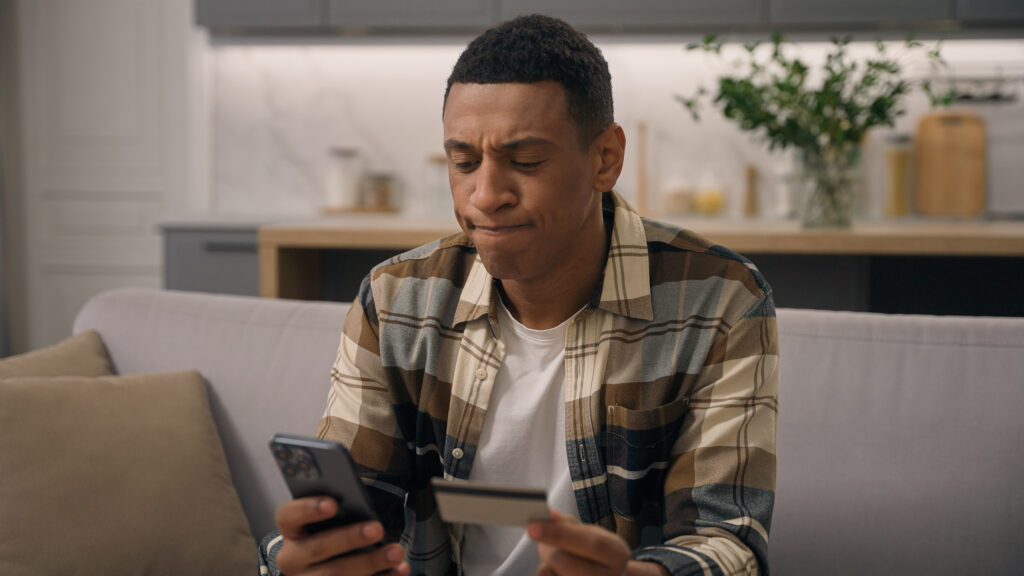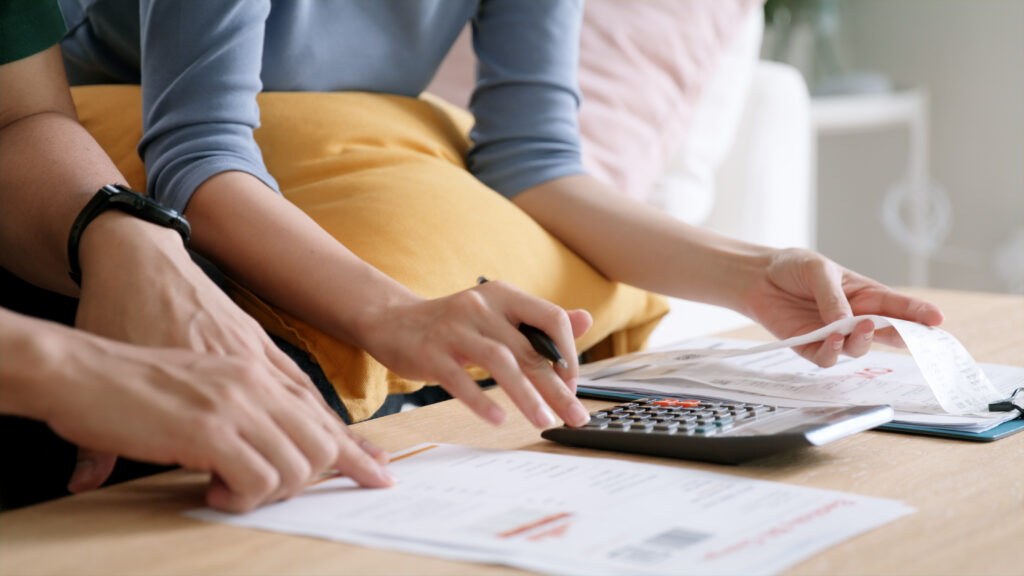One in five Americans is engaging in what psychologists are calling “doom spending,” making excessive or impulsive purchases driven by fear and anxiety about the future. It sounds contradictory: economic uncertainty should make us save more, not spend more. Yet here we are, stockpiling toilet paper, impulse-buying purses, and adding electronics to our carts at 2 AM while scrolling through increasingly bleak news feeds. Welcome to the paradox of anxiety-driven consumption.
When Fear Becomes a Shopping Spree
The numbers are stark. According to recent surveys, 19% of Americans report buying significantly more than usual, with fear of economic instability as a major driver. Since November 2024, 28% made large purchases over $500, with electronics, home appliances, and home improvement materials topping the list. Another 22% are stockpiling goods, particularly non-perishable food, toilet paper, and medical supplies.
This isn’t rational economic behavior, and that’s precisely the point. “We as humans hate uncertainty and are averse to volatility,” explains behavioral economist Wendy De La Rosa of Wharton. When tariffs threaten price increases, when inflation feels relentless, when every news cycle brings fresh economic anxieties, our brains search for any sense of control. For many, that control comes through consumption.
The Psychology Behind the Panic
Doom spending manifests differently than traditional retail therapy. It’s not just treating yourself to feel better. It’s preemptive purchasing driven by scarcity fears. Will electronics cost more next month? Better buy now. Will groceries skyrocket? Time to stockpile. The anxiety creates a self-fulfilling loop: bad news triggers spending, spending creates financial stress, stress drives more scrolling, scrolling surfaces more bad news.
Younger generations feel this especially acutely. Gen Z and millennials are more likely to doom spend, with 35% of Gen Z and 43% of millennials admitting to the behavior. These cohorts came of age during economic instability, stagnant wages, and mounting living costs. Many feel homeownership is out of reach, student loans are crushing, and traditional financial milestones are impossible. So why save for a future that feels increasingly uncertain?

Information Overload Meets Influencer Culture
Social media amplifies the problem exponentially. More than half of Americans feel constantly bombarded by bad news online, directly affecting their spending decisions. Financial therapist Aja Evans describes it as “information overload” where scrolling through doom-and-gloom headlines followed by perfectly curated influencer content creates the perfect storm for impulse purchases.
“When you’re in the midst of scrolling, you might think: ‘You know what? Things are just really bad. I’m going to feel better if I purchase,'” Evans explains. The dopamine hit from clicking “buy” provides temporary relief from the ambient anxiety. But it’s fleeting, and the cycle continues.
The Real Costs of Temporary Relief
The immediate comfort of doom spending comes with serious long-term consequences. Americans’ credit card debt has topped $1.21 trillion. Of those who use credit cards, 34% say they’re likely to worsen their debt this year to secure purchases. When 96% of Americans express concern about the economy and two-thirds report genuine anxiety, many are choosing short-term relief over long-term stability.
The irony is brutal. Doom spending often stems from financial anxiety, but the spending itself creates the very financial insecurity people are trying to escape. Accumulating credit card debt at high interest rates while feeling unable to save for emergencies becomes a trap that’s hard to break.

Breaking the Cycle
Financial experts recommend several strategies to combat doom spending. First, recognize emotional triggers before purchasing. Ask yourself: “Is this purchase really necessary, or am I trying to soothe anxiety?” Second, limit exposure to constant bad news and the endless scroll of social media shopping content. Third, redirect that impulse toward building emergency funds rather than accumulating more possessions.
Automate beneficial behaviors like automatic transfers to savings accounts. When you feel the urge to spend, try alternative stress management techniques: meditation, exercise, calling a friend. The goal isn’t to eliminate all discretionary spending, but to break the automatic connection between anxiety and consumption.
What This Means for All of Us
Doom spending isn’t a personal failing. It’s a rational emotional response to genuinely uncertain times amplified by technology that profits from our anxiety. The challenge is recognizing when our coping mechanisms are making things worse rather than better. Yes, the future feels uncertain. Yes, prices might rise. But buying things we don’t need with money we don’t have isn’t gaining control. It’s just creating a different kind of chaos, one credit card swipe at a time.

